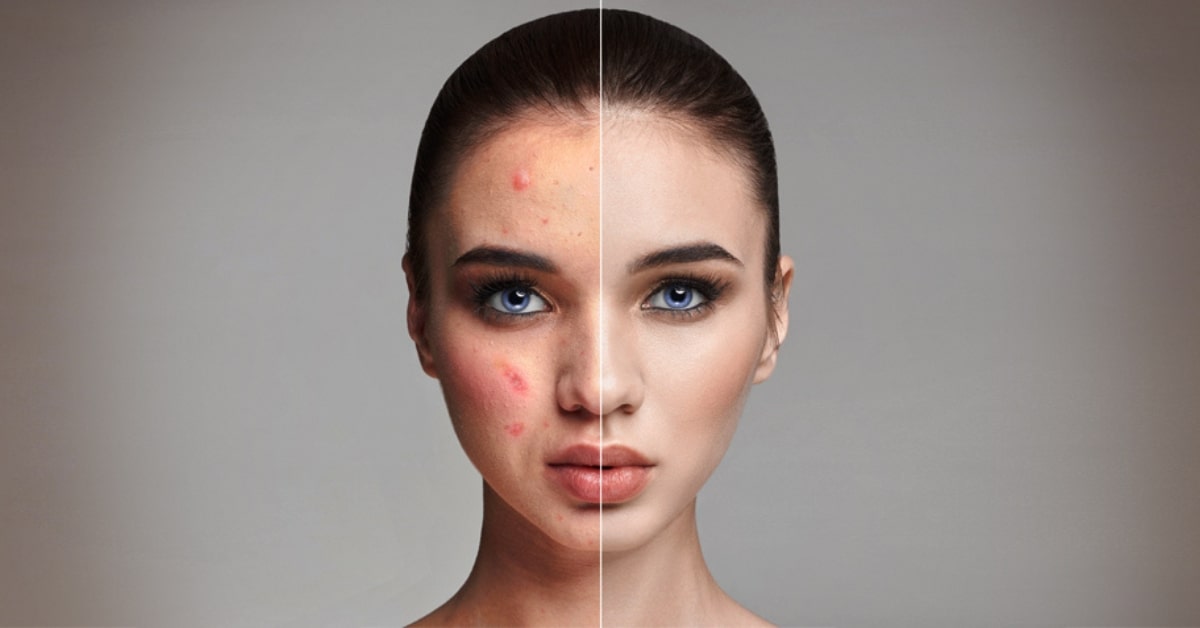Image post-processing services stand as the final frontier in refining visual content, ensuring it reaches its utmost potential. This article delves into the intricacies of image post-processing, elucidating its importance, methodologies, and applications, and addressing key inquiries surrounding this transformative process.
Understanding Image Post-Processing Services
Image post-processing encompasses a suite of techniques applied after capturing an image, refining it to enhance visual appeal, correct imperfections, and bring out its inherent essence. These services involve various processes, including:
- Color Correction and Enhancement: Adjusting colors, contrasts, and tones to achieve the desired visual impact and aesthetic appeal.
- Noise Reduction and Sharpening: Minimizing digital noise and refining image details for a crisper, more professional appearance.
- Exposure Adjustments: Balancing highlights, shadows, and mid-tones to achieve optimal exposure levels.
- Cropping and Resizing: Reframing images and adjusting dimensions to suit specific purposes or platforms.
Techniques Employed in Image Post-Processing
- HDR Processing: Blending multiple exposures to create a high dynamic range image with enhanced details.
- Batch Processing: Streamlining the editing workflow by applying standardized adjustments to multiple images simultaneously.
- Retouching and Restoration: Removing imperfections, enhancing elements, and restoring old or damaged photographs.
Applications of Image Post-Processing
- Photography: Elevating the quality of photographs taken in various genres, including landscape, portrait, and product photography.
- E-commerce: Preparing product images for online platforms, ensuring they are visually appealing and consistent.
- Marketing and Advertising: Enhancing visual content for marketing campaigns, social media, and promotional materials.
FAQs
How long does image post-processing typically take?
The duration depends on the complexity of the editing required and the number of images. Typically, it can range from hours to a few days.
Can image post-processing be automated?
Some aspects of post-processing, like batch editing for uniform adjustments, can be automated using specialized software, but detailed retouching usually requires manual intervention.
How can one ensure the originality and authenticity of post-processed images?
It’s essential to collaborate with reputable service providers and communicate your requirements. Requesting before-and-after samples can also ensure transparency.
Are there any specific file formats preferred for post-processing?
Commonly used formats include RAW, TIFF, and PSD, as they retain maximum image information and flexibility for editing.
This page was last edited on 22 February 2024, at 1:40 pm
